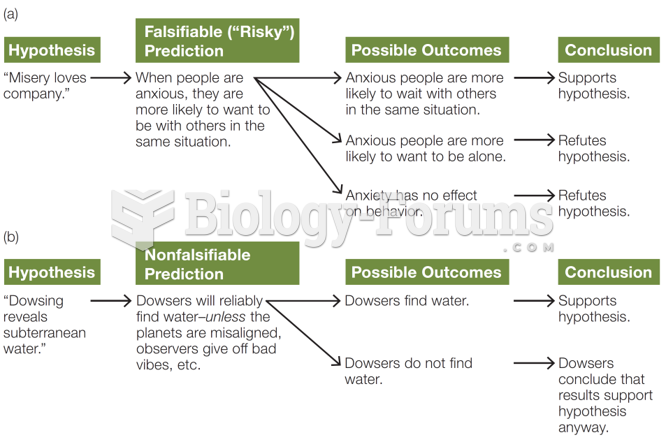|
|
|
A recent study has found that following a diet rich in berries may slow down the aging process of the brain. This diet apparently helps to keep dopamine levels much higher than are seen in normal individuals who do not eat berries as a regular part of their diet as they enter their later years.
More than 150,000 Americans killed by cardiovascular disease are younger than the age of 65 years.
About 100 new prescription or over-the-counter drugs come into the U.S. market every year.
Cancer has been around as long as humankind, but only in the second half of the twentieth century did the number of cancer cases explode.
Eating carrots will improve your eyesight. Carrots are high in vitamin A (retinol), which is essential for good vision. It can also be found in milk, cheese, egg yolks, and liver.







